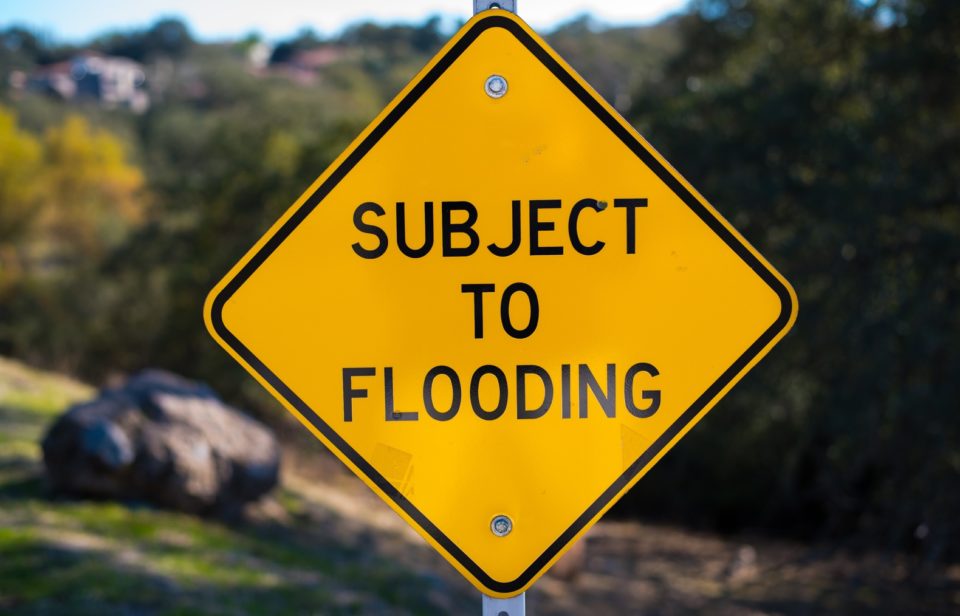By Dr Alastair Barnett, Chair, IAHR Flood Risk Management Technical Committee.
On 19 October, the Government announced; “New building intensification rules will mean up to three homes of up to three storeys can be built on most sites without the need for a resource consent.”
No mention was made of corresponding changes to the Building Act, under which councils are responsible for issuing building consents. Does this mean that the 2001 Building Amendment Regulations will still apply with respect to likely flooding?
As explained in a December 2004 article in New Zealand Local Government, that 2001 Amendment effectively directed that proposed new residential buildings should not be consented on low ground in coastal urban areas like Devonport, the Wellington CBD, St Kilda, and what became known some 10 years later as the “Red Zone” in Christchurch. As with most parts of the national Building Code, no discretion was allowed for local government to introduce exemptions.
This 2004 article was contributed by myself as director of HYDRA Software in Hamilton, based on wide international experience advising government agencies on flood issues in over 20 countries.
My experience has since further expanded through the IAHR, an international hydro-environment engineering NGO with members drawn from 187 affiliated countries. This culminated in my election in 2019 as chair of the IAHR Flood Risk Management Technical Committee.
In this capacity I joined other IAHR leaders from China, Germany and the United States in releasing a press statement on a spate of global climate-related floods during July 2021. I expanded worldwide my 2004 New Zealand call for building consent authorities to be better supported by rapid communication of international research findings into forecasting extreme weather events and tsunami propagation.
The IAHR council immediately responded by commissioning a White Paper for delivery to the COP27 conference, and appointing me to lead the project. This Paper will update international flood engineering practice in an era of rapid climate change and rising sea levels.
The 2001 Amendment incorporated provision for climate change flood effects, but will the proposed new building legislation revoke this? Our Minister for Climate Change is now about to travel to the COP26 conference, but it appears he was not consulted before the Government announcement this week.
This may explain why there was little reference to engineering responses to climate change flooding in the press statement, even though Local Government building consent authorities will be unable to respond until this is clarified.
One of the guiding principles of the IAHR White Paper will derive from the fundamental extension of flood studies from inland river flooding to coastal inundation, introduced in New Zealand by the prizewinning Barnett design of Te Papa, commissioned by Government in 1989 and later codified by the 2001 Building Amendment Regulations.
This concept has finally reached New York in the aftermath of the disastrous Hurricane Ida flooding in September.



